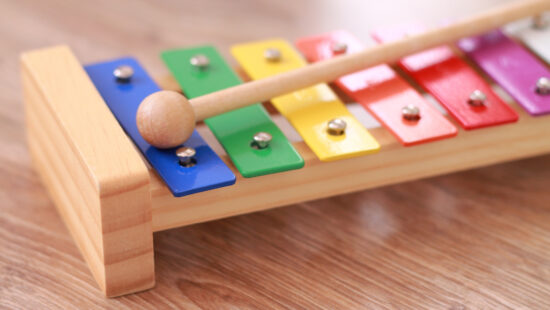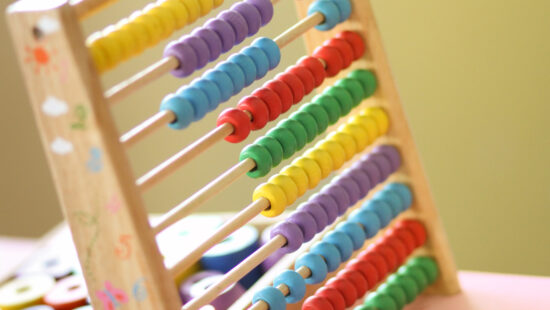Say it with dance

Say it with dance
The priority in one of my schools is to aid language development of Reception EAL learners. Here Artis Specialist, Holly, shares some activities and explains how they can help language development.
Some simple ideas to try with your children using movement to strengthen language development. This teaching resource explains five simple activities which incorporate words with movement and actions, utilising rhyme and chants and how to play with sounds.
Download this resource
At Artis, we prioritise supporting the language development of Reception EAL (English as an Additional Language) learners. Our specialist, Holly, shares simple activities that incorporate movement to strengthen language skills and create a dynamic learning environment. Here are five fun and effective activities that help improve language development while engaging children physically and mentally.
1. Action Rhymes
Action rhymes combine movement and language to create an interactive learning experience. By using gestures and actions along with simple rhymes, children can link physical movement to new words, helping them remember and understand the language. For example, using gestures for “clap your hands” or “jump around” encourages comprehension and expression in a fun, energetic way.
2. Sound Play with Movement
Incorporating sounds and movement is a great way to teach pronunciation and articulation. Encourage children to move their bodies in different ways while mimicking sounds of animals, objects, or nature. This activity not only strengthens language but also helps children connect words to physical actions, making learning more concrete and memorable.
3. Simon Says with Vocabulary
“Simon Says” is a classic game that can be adapted to teach new vocabulary. Use simple instructions like “Simon says touch your toes” or “Simon says spin around” to help children learn words while also improving their listening and comprehension skills. The addition of movement helps reinforce word meanings in an enjoyable and engaging way.
4. Clapping and Chants
Incorporating clapping and chants into language lessons is another powerful tool. Rhythmic chants help children remember words and their meanings, and the physical act of clapping or tapping in time with the chant supports memory and focus.
5. Interactive Storytelling
Encourage children to act out parts of a story, using movements to represent characters, actions, and objects. This not only strengthens language comprehension but also enhances imagination and creativity. Children actively engage with the language as they use their bodies to demonstrate the narrative.
These activities are a fun and effective way to support the language development of Reception EAL learners by blending physical movement with language practice.


